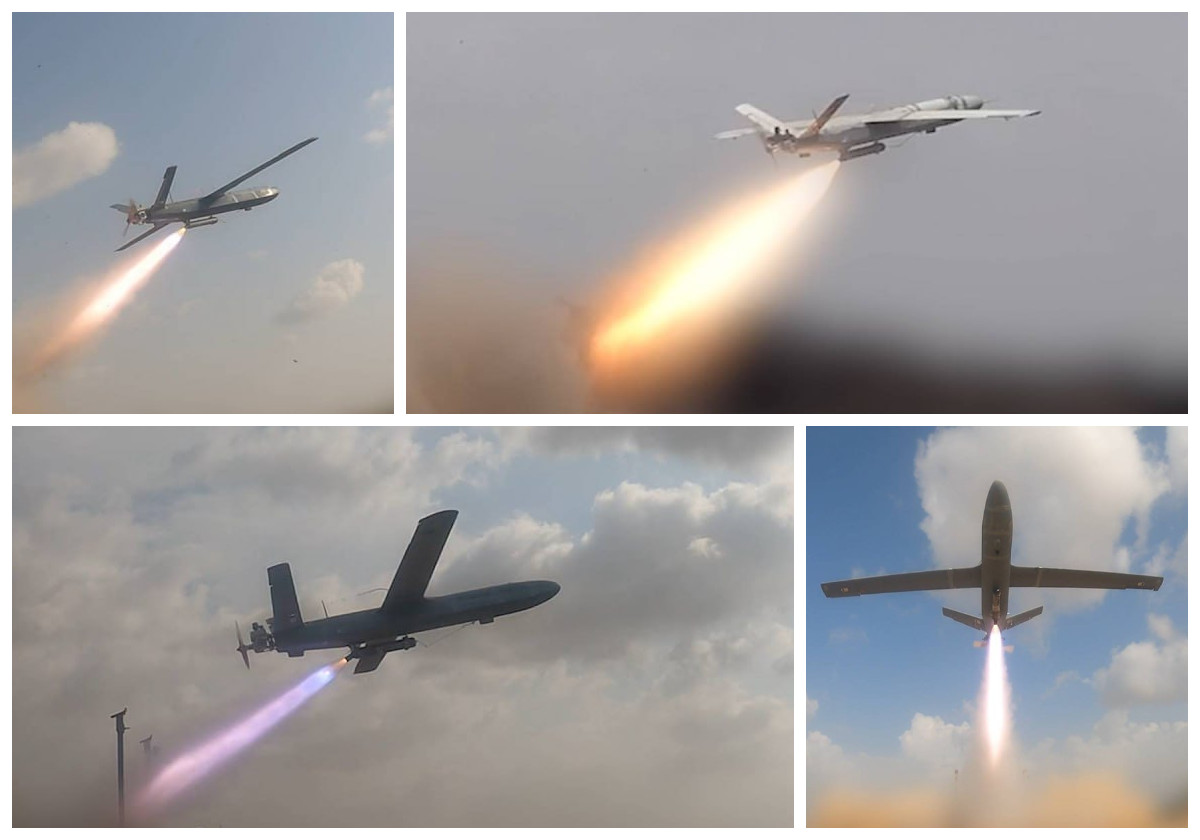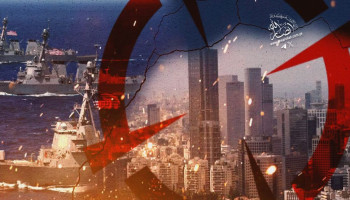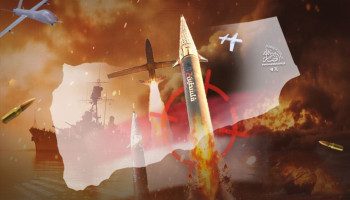Yemen’s armed forces have launched a bold new phase of deterrence against the Israeli entity, targeting northern occupied Palestine for the first time since beginning operations in support of the Palestinian resistance. This unprecedented move signals Yemen’s resolve to adopt new tactics that will disrupt the enemy’s military calculus and force it to reconsider its ongoing aggression in Gaza.
This latest operation carries significant implications, notably the resumption of joint strikes with the Iraqi Islamic Resistance, further complicating the Israeli enemy’s defensive posture. Yemeni Armed Forces spokesperson Brigadier General Yahya Saree announced Tuesday that three operations were executed deep within occupied territories: two in the north and one in the south, coordinated with Iraqi forces. This escalation, particularly the strike on northern Palestine—the first of its kind since the start of the al-Aqsa Flood campaign—heralds a shift in the conflict’s trajectory.
Northern Strikes: The Israeli Enemy’s Defeat Deepens and Options Narrow
The twin strikes on northern occupied Palestine come shortly after a ceasefire between Israel and Hezbollah, delivering a dual message: military action from other resistance fronts will persist, regardless of agreements. This underscores that halting Hezbollah’s rockets does not mean immunity from further attacks in the north or elsewhere within the Israeli occupation.
Israeli reports reveal mounting challenges in rehabilitating northern regions, with displaced settlers hesitant to return. Experts estimate that normalcy could take a decade to restore, provided stability holds—a prospect now jeopardized by the Yemeni and Iraqi strikes. This new wave of attacks threatens to make reconstruction impossible, as ongoing missile barrages sustain the instability that has plagued the north for over 14 months, thwarting the enemy’s military efforts in Gaza.
If resistance operations intensify, the Israeli enemy faces another blow, akin to its struggle against Hezbollah. Continuous missile strikes will leave crucial issues unresolved, forcing settlers into prolonged displacement and driving up financial costs. The ongoing burden of relocation, shelter, and security expenditures is pushing Prime Minister Benjamin Netanyahu’s government into deeper financial strain, necessitating repeated supplemental budget allocations. Compounding this are the high costs of air defense systems, which have proven ineffective, particularly against advanced ballistic and hypersonic missiles that even cutting-edge Western technology has failed to intercept.
Yemen’s persistent deterrence in northern Palestine not only complicates Israel’s military plans but also renders its aim to isolate Gaza unattainable. This reinforces Hezbollah leader Sayyid Hassan Nasrallah’s position that normalizing life in northern Palestine depends on lifting the siege on Gaza. Israel now finds itself at a crossroads: either cease its aggression or face prolonged instability in its northern regions.
Southern Strike: Tightening the Noose on Israel
Meanwhile, Yemeni forces launched a parallel strike on a strategic Zionist target in southern occupied Palestine, specifically the Umal-Rashrash region, known to the enemy as "Eilat." This strike highlights Yemen’s enhanced capabilities and intensifies the maritime blockade that has already crippled Israel’s critical Red Sea port. The targeting of vital southern assets compounds the Zionist enemy’s economic and operational difficulties, reinforcing its maritime isolation.
The sophistication of these operations—employing a range of advanced weaponry—demonstrates a significant leap in Yemen’s military capabilities. Notably, neither Israeli nor American defense systems detected the missiles or drones in advance, contrasting sharply with previous incidents where “hostile aerial targets” were intercepted and publicized. This shift underscores a severe challenge for the Israeli enemy and its Western allies, who now face an adversary deploying increasingly advanced and unpredictable tactics.
Unified Resistance: A Regional Strategy Against the Enemy's Isolation of Gaza
The renewed cooperation between Yemeni and Iraqi forces confirms the enduring unity of the resistance front, which continues to deliver unexpected, tactically diverse blows. This united effort ensures that Israel’s goal of isolating Gaza remains a distant prospect. Instead, Israel is left with one clear option: to cease its aggression and meet the demands of Palestinian factions, who wield considerable leverage backed by external resistance forces, backed by men who remain true to their covenant with Allah.
The broader message is unmistakable: the resistance, firmly entrenched in regional solidarity, will continue to exert pressure until the Israeli aggression ceases. This collective stance, strengthened by an unwavering resolve, presents an insurmountable challenge to the Zionist enemy and its allies, reaffirming that the path to peace requires halting all crimes against the Palestinian people.







